The Montreal Canadiens lineup will look very different following the 2021-22 trade deadline on March 21. That’s at least if everything goes according to plan, anyway.
In spite of the Canadiens’ recent string of success under interim head coach Martin St. Louis (8-5-1), they remain last in the NHL (16-35-8). So, there should be no doubt: They’ll be heading into the deadline as sellers through and through, as general manager Kent Hughes (and executive vice president of hockey operations Jeff Gorton) seek to stockpile assets to rebuild the organization.
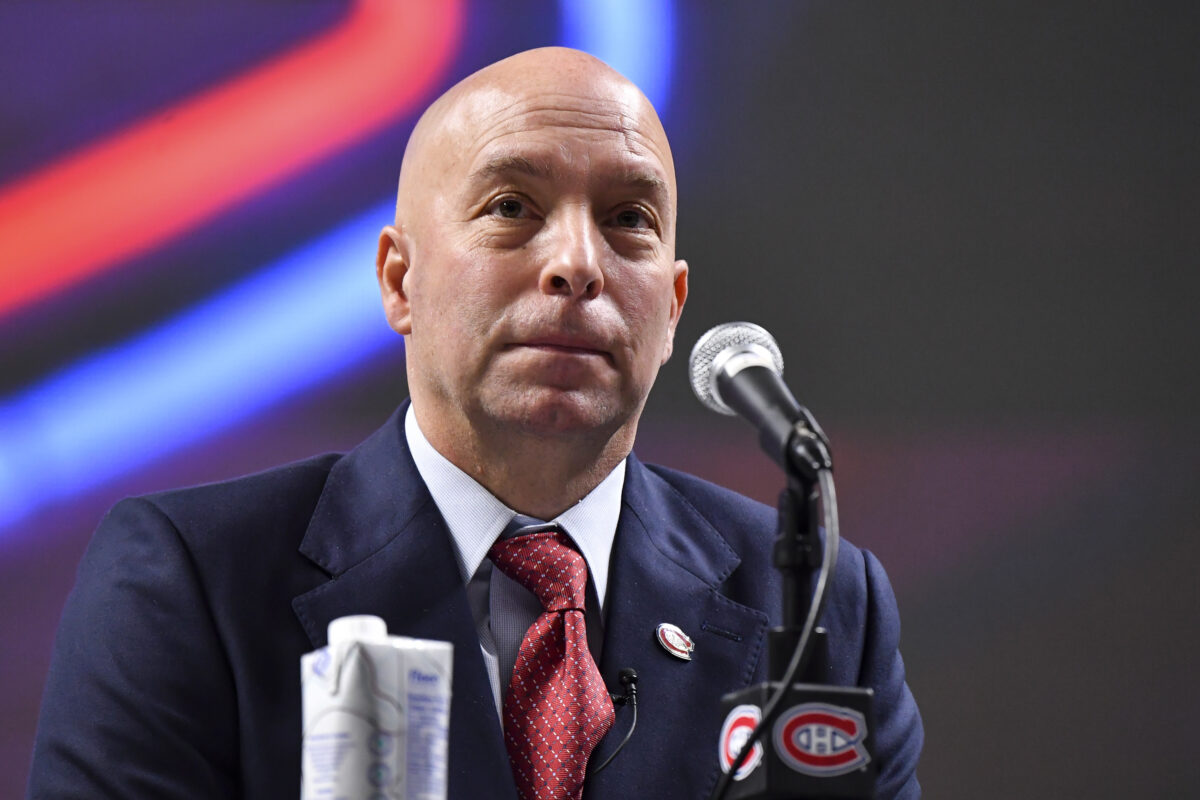
There is the side effect, perhaps desired, perhaps not, of the Habs tanking the rest of the 2021-22 season as a result. Whether or not that’s Hughes’ intent, whenever you ship roster players off mostly for futures it’s what’s going to happen, at least to some extent. So, taking into account the players most likely to be traded, here’s a projection of how a healthy Habs team will look the rest of the season, line by line:
Line 1: Caufield, Suzuki, Anderson
Based on data detailing the most used Canadiens lines this season, Nick Suzuki’s with Cole Caufield and Josh Anderson is as good a place to start as any. Rest assured, neither Suzuki nor Caufield are going anywhere as key pieces up front for the organization.
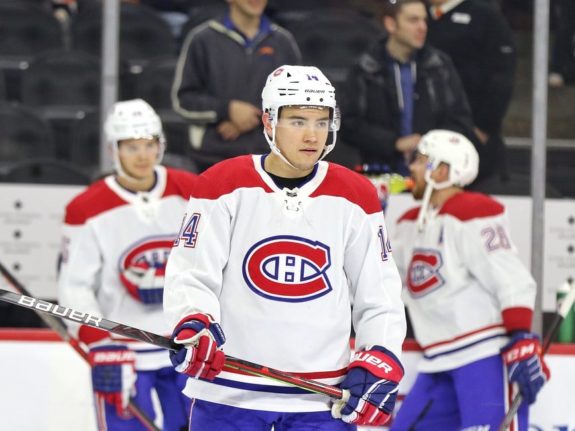
There is an (unpopular) case to be made Josh Anderson should be traded. However, with reports surfacing that Anderson is considered part of the core in the eyes of Hughes, it’s unlikely he gets dealt to say the least.
The top line is in some respects a look into how the trade deadline can adversely impact a team’s depth. Prior to Anderson getting a few looks on it, Tyler Toffoli had found something of a home beside Caufield and Suzuki, most notoriously last playoffs. Once Toffoli got traded to the Calgary Flames, it signaled the start of a fire sale. Ultimately, if Toffoli can get traded with term left on his deal, anyone can under similar circumstances.
Keep that in mind.
Line 2: Drouin, Dvorak, Gallagher
Both Christian Dvorak and Jonathan Drouin are currently injured, so there’s a good chance they’re each staying put. Some fans may be disheartened that’s the case with regard to Drouin specifically, but, as one of the most consistent Canadiens from a production standpoint this season, there are worse players that could be sticking around.
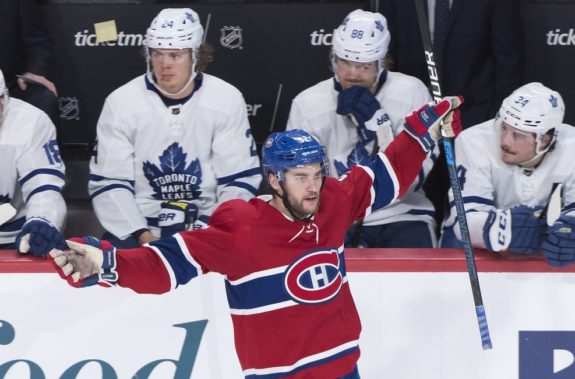
Case in point, Mike Hoffman. His production (11 goals, 12 assists) is slightly lower than anyone would have expected, but it’s his 10 power-play points (three goals) that have really disappointed. He does rank second on the team in that category to be fair, but he’s definitely not the boon to the man advantage management (ex-GM Marc Bergevin) likely hoped when he made the signing. It ranks 31st at 13.0%,
It’s kind of like if you and and a significant other were to pool some money. You may be contributing the second-most amount of the bunch, but that really isn’t all that impressive. Plus, the $1,000 total isn’t nearly enough to buy that home on which you had your hearts set. So, you live in your parents’ basement and invest it instead.
Hoffman has recently played with Brendan Gallagher on a makeshift second line (with Laurent Dauphin), but, if Hughes can, he should consider trading him. Ditto for Gallagher, but, with Gallagher’s contract being what it is, i.e., bad (complete with a no-trade clause), it’s safer to assume that’s not going to happen. So, it makes more sense to add Gallagher to the Drouin and Dvorak duo, which has already spent significant time together.
Line 3: Pitlick, Evans, Armia
It would similarly take a miracle for Hughes to trade away Joel Armia. The Finnish forward has just seven points this season, effectively halving his output from 2020-21 despite getting a four-year extension and raise last offseason.
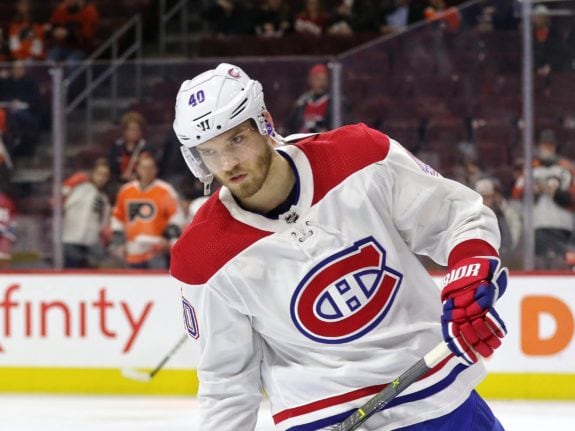
That’s in sharp contrast to fellow-Finn Artturi Lehkonen, who probably shouldn’t be dealt for a variety of reasons, but could potentially be traded due to his high value and high demand (assuming he’s healthy). Rem Pitlick and Jake Evans have complemented Lehkonen to form a fairly productive line recently. Without Lehkonen, look for Armia, who’s also played a lot of time with Evans this season, to jump into the fray.
Line 4: Perreault, Poehling, Byron
If Ryan Poehling is injured for an extended period of time, look for Dauphin to take his place up the middle on this projected fourth line. The hiccup is both Dauphin and Mathieu Perreault are pending unrestricted free agents (UFAs).
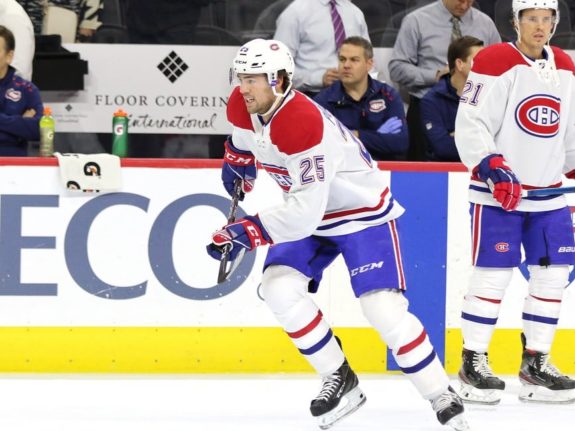
They each could potentially be moved, even if the Habs wouldn’t get anything significant for either journeyman. If that happens, Michael Pezzetta could get some more games in, which should increasingly become the norm moving forward.
Related: Likeliest Canadiens Call-Ups to Stick with Habs Past 2021-22
Tyler Pitlick is a bit of a wild card here in the sense that, having been acquired in the Toffoli trade, he remains on injured reserve, according to the Canadiens website. With both his cousins (Rem and Rhett) in the organization, Tyler may be in the Habs’ plans, but it’s hard to gauge where the depth forward fits in at the moment. Meanwhile, recently placed on waivers, Cedric Paquette does not factor in here, at least for this piece’s purposes.
Defense Pairing 1: Edmundson, Wideman
The team’s most used pairing so far this season has been Ben Chiarot and Jeff Petry. However, Chiarot is the likeliest Hab to get traded as a pending UFA and Petry’s future with the organization is shrouded in mystery, despite him having played well recently and having three more seasons under contract.
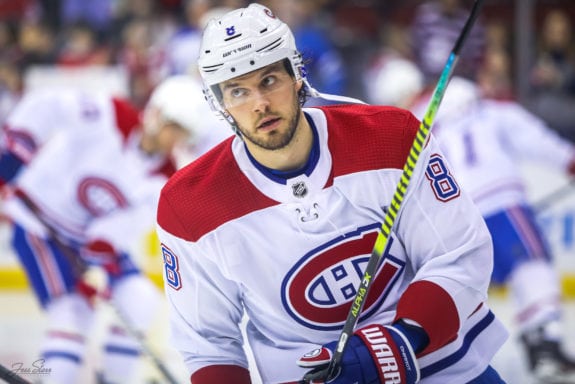
The good news is Joel Edmundson is back, having just played his first game of the season. If Petry gets traded, the right-handed defenseman that most seems to complement him would be Chris Wideman. Of course, Wideman is a pending UFA himself, but you’ve got to leave St. Louis some bodies to fill the lineup. Between him and Petry, Wideman has less trade value. If Petry stays, Wideman could go instead, in which case the Edmundson-Petry pairing from last season would logically be reunited.
Defense Pairing 2: Clague, Savard
David Savard is still on injured reserve. So, even though he may not have been the ideal free-agent signee last summer, he’s still going to feature heavily on the Habs’ blue line once he returns.
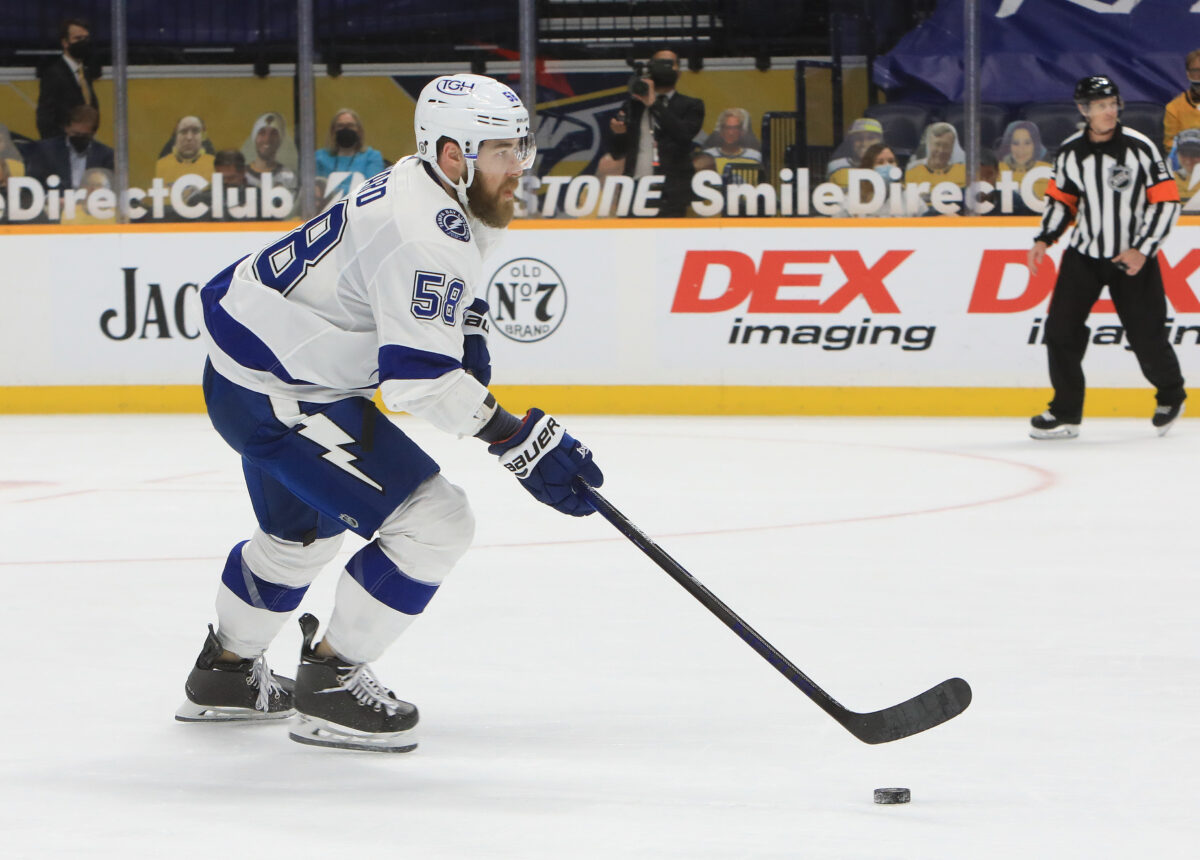
Under quasi-normal circumstances, he and Alexander Romanov would be virtual locks to play together. With Chiarot out of the picture, they’re each each other’s most common partner. However, if one of Petry or Wideman get traded, there’s going to be a shortage of right-handed defensemen on the roster, in which case Romanov, who plays both sides, will probably have to make the shift from the left.
Kale Clague just got placed on injured reserve himself. However, as a mobile puck-moving defenseman, he still makes for the most logical left-handed complement to Savard (excluding Brett Kulak, who’s also a pending UFA).
Defense Pairing 3: Schueneman, Romanov
As a pending UFA, Kulak will likely be shopped. That just leaves Corey Schueneman as a left-handed partner for Romanov. They’ve played together earlier this season. Why not? The Canadiens could potentially switch Schueneman to the right side instead, but, whichever sides they each play, this makes for the likeliest third pairing following the trade deadline.
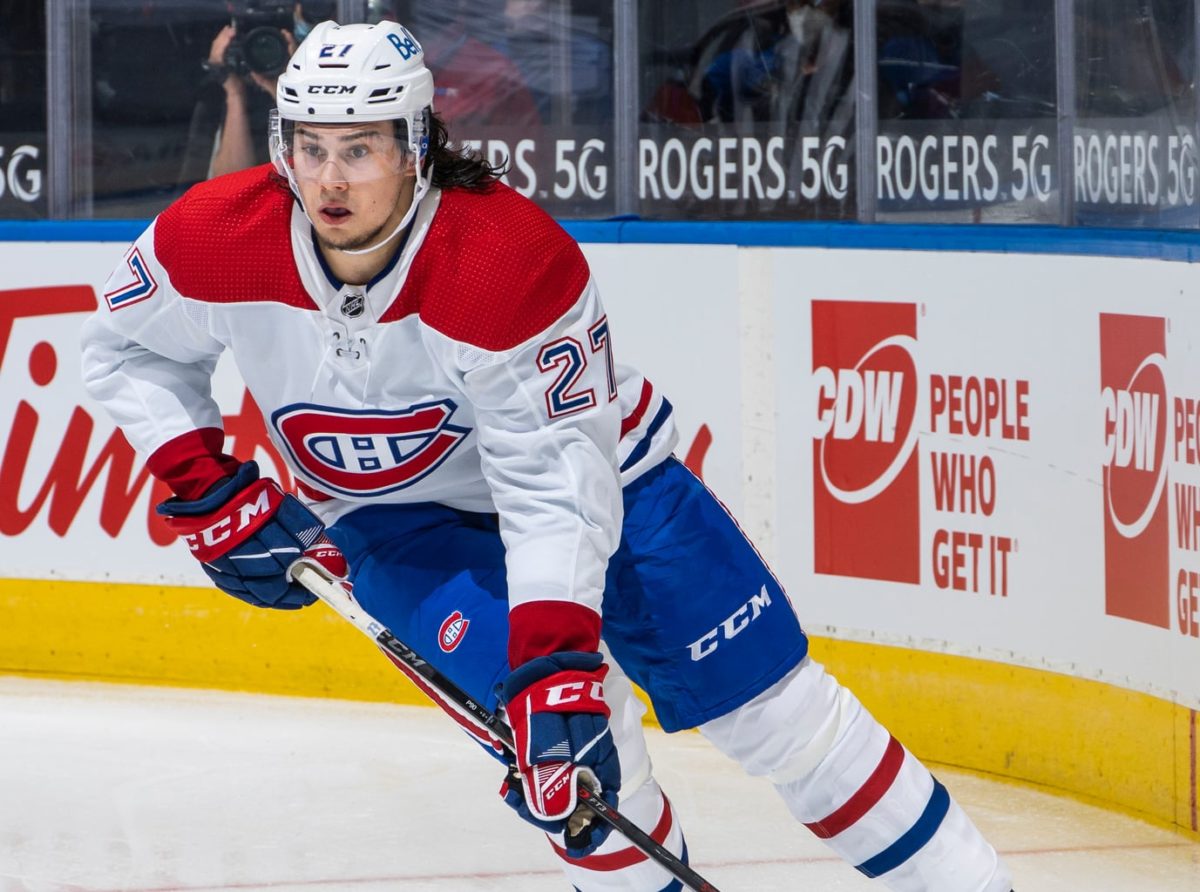
Now, Schueneman’s played well relatively speaking, to the point that he’s arguably played his way into the conversation of potential seventh-defenseman candidates next season. However, that also speaks to the very real fact he should not be on any legit playoff contender’s top six down the stretch.
Thankfully, the Habs don’t need to worry about that. Schueneman still serves the Canadiens’ purposes well: There’s little to no pressure to do anything other than try his best and see where the chips fall.
Worst-case scenario, Schueneman fails to build off the impressive showing he’s had so far. In such an instance, little harm, little foul. Few knew what they had in him to start the season anyway. Best-case scenario though? Schueneman proves he belongs to a greater extent. Trading away the likes of Chiarot and Kulak (and Petry/Wideman) gives him more of an opportunity, which is one more side effect of all this.
Goaltending Duo: Price, Allen
Goalie Jake Allen is approaching a return to action, which would push de facto starter Samuel Montembeault back into the back-up role. Assuming Carey Price actually returns this season, which should be the hope, it would push Montembeault out of an NHL job altogether, which is in some ways unfortunate. However, it needs to happen.
No one realistically expected much out of Montembeault when he was first acquired, aside from some who bought a little too much into the narrative the Canadiens had their eyes on him at the 2015 NHL Entry Draft. Ultimately, Montembeault exceeded those expectations down the stretch. He deserves props for staying the course.
In his last 10 starts, Montembeault has gone 5-4-1 with a .906 save percentage (SV%) and his first career shutout. Taking his career .895 SV% into account, he’s definitely taken it up a notch. However, especially because the Habs have been playing better, those still aren’t numbers anyone should get excited about, other than for a third-string option, which is what Montembeault is.

Montembeault’s proven himself capable of jumping into action in a pinch, which is admirable. However, all Carey Price’s injury-riddled season has proven is the Canadiens need a 1B more than ever before. That’s not Montembeault. It may not be Allen either, but, as the reigning Jacques Beauchamp-Molson Trophy winner, he’s a safer bet.
The Canadiens signed Allen to term for a reason. Even if he comes back before the deadline, it’s hard to believe that a) the Canadiens would have many takers for his services out of concern for his health or b) they would even entertain any offers, knowing what they know about Price and knowing Cayden Primeau probably needs more work in the minors. Look for Montembeault to join him there next season (unless he catches someone’s eye on the waiver wire). Montembeault’s at least earned the second look in that regard.
